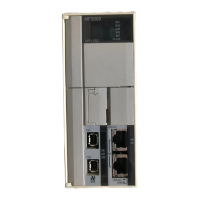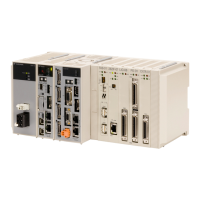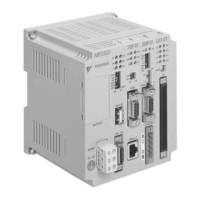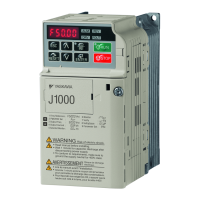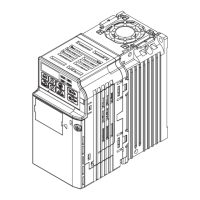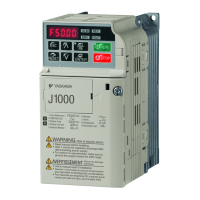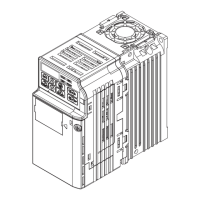3.1 Basic Functionality
Registers
3-28
Attaching an Index to a Bit Register
Using an index is the same as adding the value of i or j to the register address.
For example, if i = 2, MB00000000i is the same as MB00000002.
Attaching an Index to an Integer Register
Using an index is the same as adding the value of i or j to the register address.
For example, if j = 30, MW0000001j is the same as MW0000031.
Attaching an Index to a Double-length Integer or a Real Number Register
Using an index is the same as adding the value of i or j to the register address.
For example, if j = 1, ML0000000j is the same as ML0000001. Similarly, if j = 1, MF0000000j is the same
as MF0000001.
Double-length integers and real numbers use a region that is 2 words in size. For example, when using
ML0000000j with both j = 0 and j = 1, the one-word area of MW0000001 will overlap. Be careful of
overlapping areas when indexing double-length integer or real number register addresses.
i = 2;
DB000000 = MB00000000i; DB000000 = MB00000002;
Equivalent
DW00000 = MW0000031;DW00000 = MW0000001j;
j = 30;
Equivalent
If j = 0, ML0000000j is ML0000000.
If j = 1, ML0000000j is ML0000001.
Double-length Integer Upper Word
MW0000001
Lower Word
MW0000000
If j = 0, MF0000000j is MF0000000.
If j = 1, MF0000000j is MF0000001.
Real Number
Upper Word
MW0000001
Lower Word
MW0000000
MW0000002 MW0000001
MW0000002 MW0000001

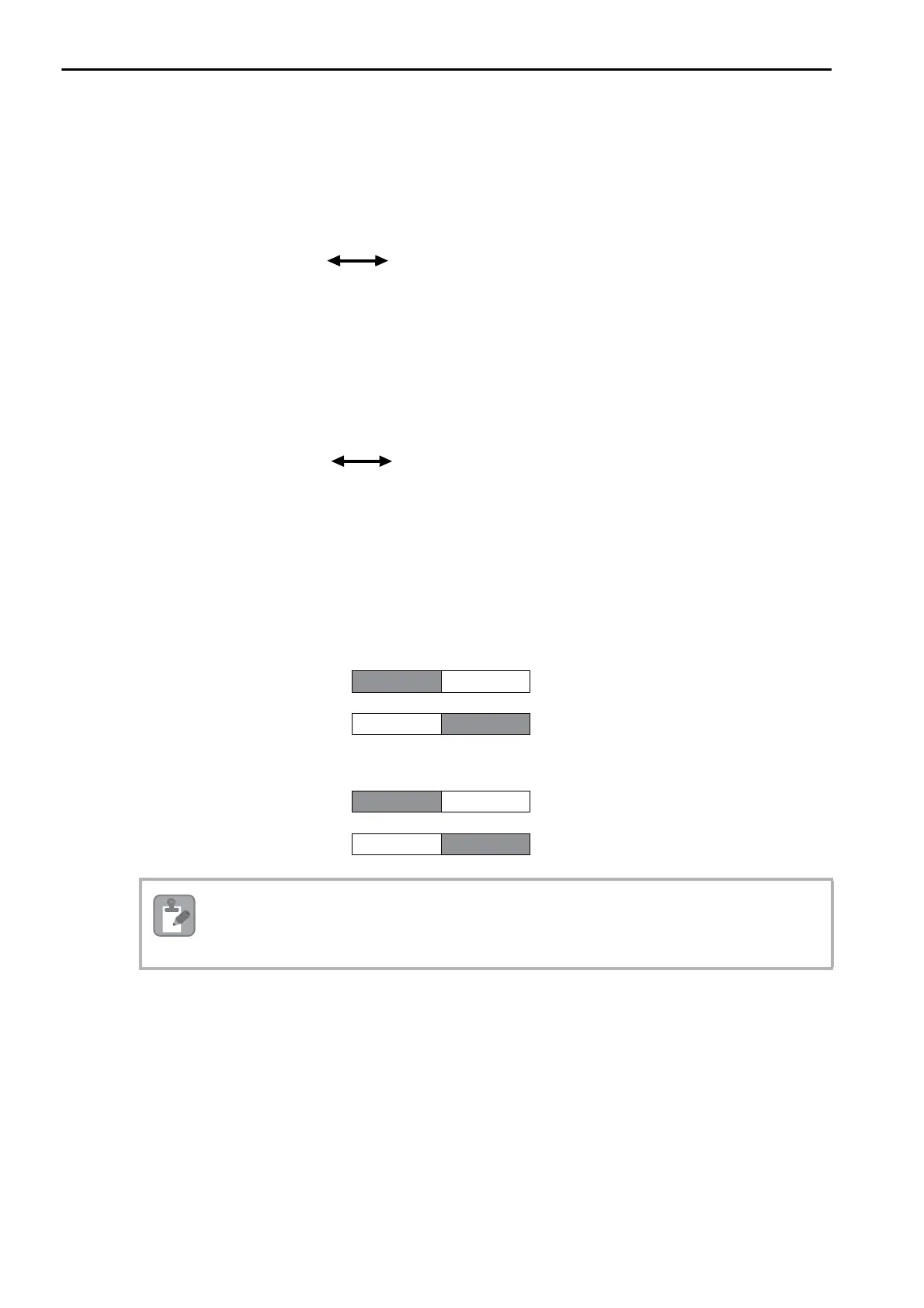